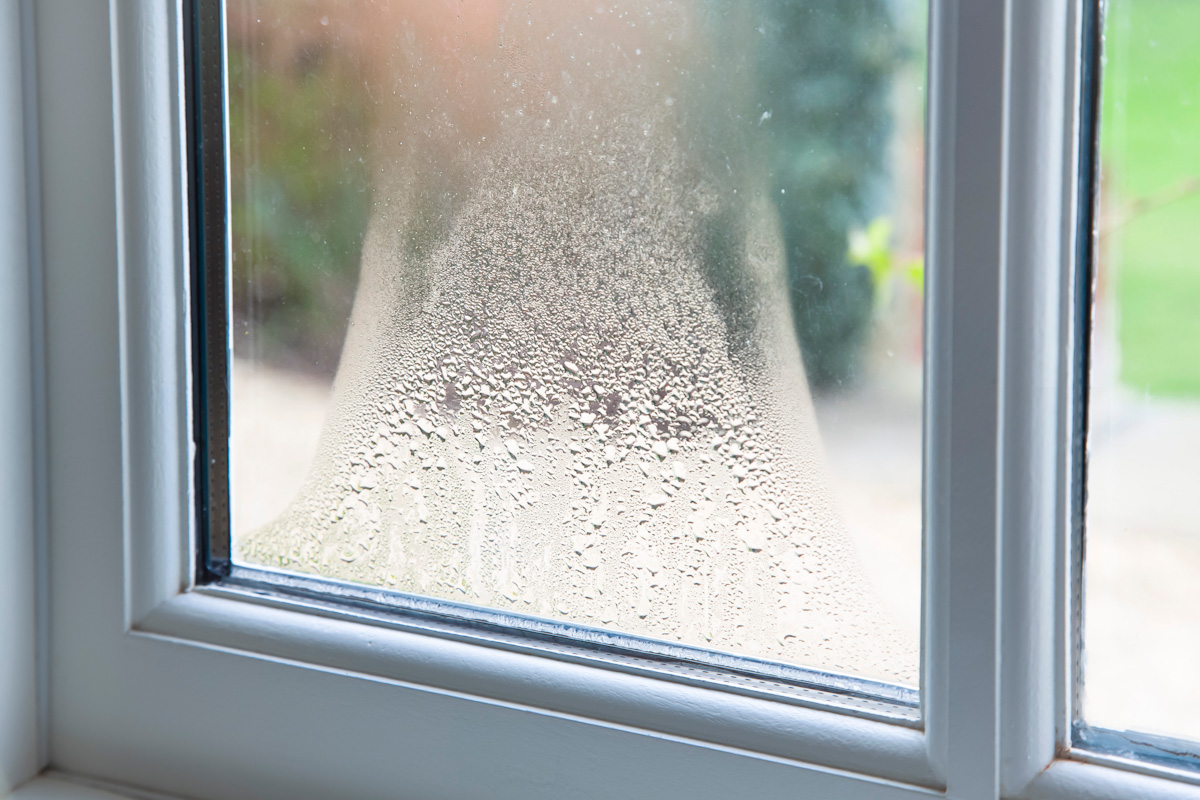Are your walls and windows wet to the touch? Can you see droplets running down them? And does your house feel damp? If so, you probably have condensation, and you definitely need to act quickly as this can be a huge problem to both your home and your health. Our damp specialists have put together this guide to show you where to start…
What causes condensation?
Condensation happens when air that contains moisture comes into contact with cold services, this causes the water molecules to solidify, turning into water and clinging to your walls.
Most of this moisture is called by day-to-day life actions such as cooking, having a shower and drying clothes inside. No one can cut these tasks out of their life, so instead the solution is to increase ventilation, reduce the amount of moisture, or to warm up cool surfaces.
In some less common, but more serious cases, damp problems can be caused by deeper problems such as lateral or rising damp. You should always get a professional to carry out a damp survey in London, to ensure you get to the bottom of the cause and treat it appropriately.
The risks…
Water sitting on your walls and windows makes the perfect environment for rot and mould to spread. If this is left untreated it can cause window sills to rot, it can cause plaster and paint to crack, and it can result in your wallpaper pealing off your walls.
Even more importantly, there are health concerns relating to condensation. The NHS warn that exposure to damp and mould (caused by condensation) can result in a risk of ‘respiratory problems, infections, allergies or asthma’.
As already mentioned, there are a few at-home approaches to condensation, these are a combination of the following.
- Increasing ventilation: Use an extractor fan above cookers and in bathrooms to wick away water particles, and leave windows open if you are drying clothes inside.
- Warming cold surfaces: surfaces may be colder than they should be due to cold bridges, cracks or lack of insulation. If the cause isn’t obvious you can arrange a heat mapping survey to narrow it down.
If DIY hasn’t helped, it could be time for the big guns. You should get an expert opinion from a damp specialist who will be able to get to the bottom of the course before recommending the most appropriate course of action.
If you do need a damp consultation, our damp experts can provide a free, no-obligation quote so you know exactly what’s going on before you even spend a penny. Get in touch to speak to our damp specialists.

